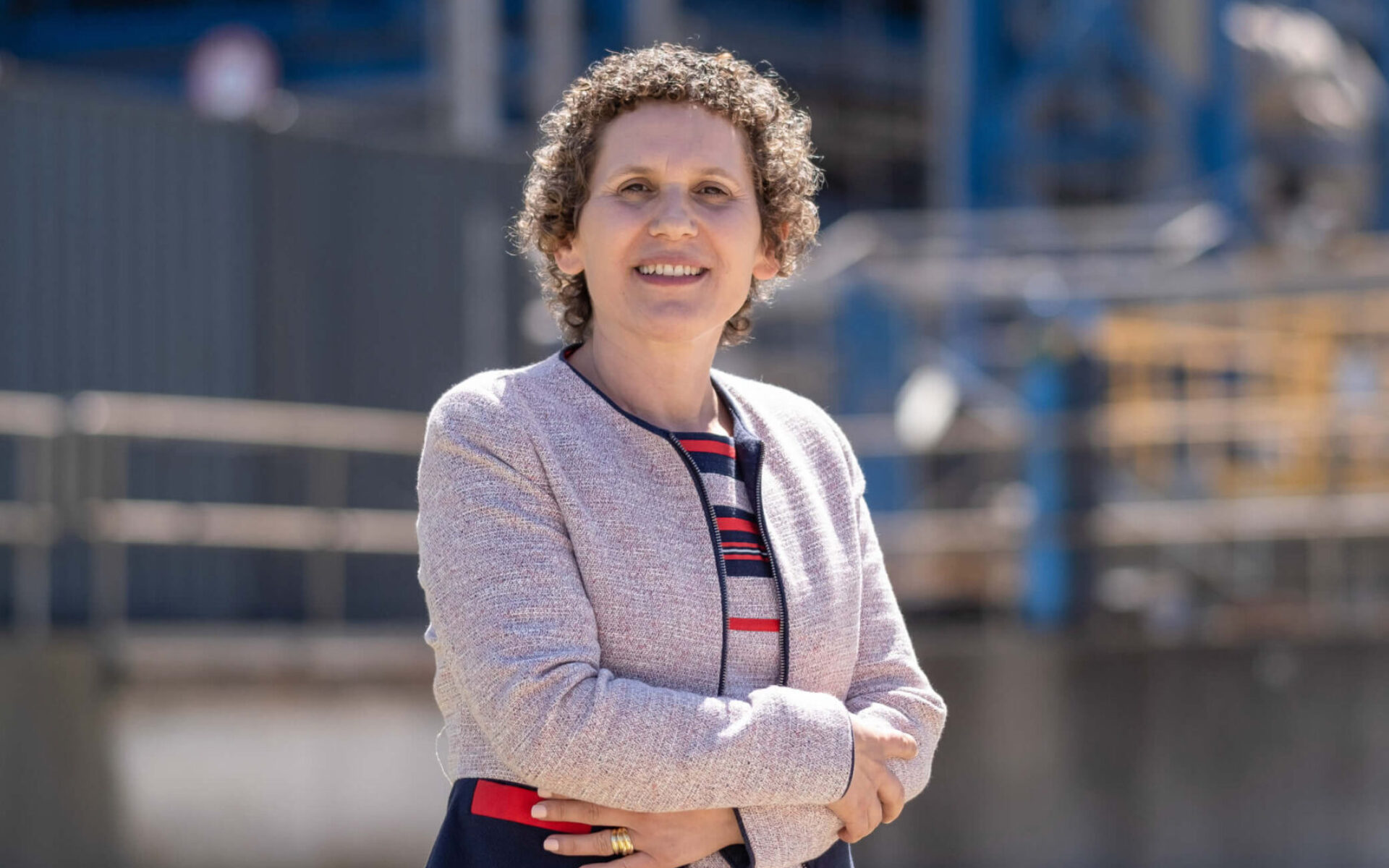Waste or raw materials?
Cellulose fibre factories are an excellent example of the circular economy and sustainability concept. What would cellulose fibre production be without chemical and energy recovery? What about the discarded raw materials and energy, and high waste generation rate? Would it be sustainable? Of course not!
Os Waste materials play second fiddle in any organisation. They are considered as being worthless, something to be thrown away. Indeed, the law defines waste material as any substance or object which the owner either intends to or is duty-bound to discard. In other words, any substance or object which is no longer useful and becomes regarded as waste and whose management is automatically governed by specific provisions. In most cases, there are costs associated with waste management and in companies such as Altri, such costs are not insignificant. Hence the need to take a different approach to waste.
A project was implemented at Celbi, aimed at building up the Group’s capacity to produce cellulose fibres incorporating residual fibre sources – such as fine fibre materials and rejects from the cellulose fibre manufacturing process – thereby contributing towards reducing reliance on external timber and lowering the Group’s timber costs. The innovative aspect lies in the simplicity of the concept and the associated technology, which were combined to produce a prototype of a digestor which is the only one of its type in the world. This project works on reducing the amount of waste generated and promotes the circular economy.
Paper and cardboard, tyres, scrap metal, Waste Electrical and Electronic Equipment (WEEEs) and used oils are just some of the items which the organisation has long been recycling.
The activated sludge from the IWWTP (Industrial Waste Water Treatment Plant) is currently sent to management facilities where, together with ash from the biomass-fuelled thermoelectric boilers, it is converted into compost which is used as fertiliser to enrich the soil with organic material which is so vital and so scarce. Next year, as part of a partnership with Agristarbio, we are expecting to produce an organo-mineral fertiliser using sludge from the IWWTPs, which will replace synthetic chemical fertilisers used in the forests cared for by Altri florestal. The activated sludge is also used as a raw material in the expanded clay production process, and as fuel to produce energy, in the recovery boiler and the biomass thermoelectric boiler.
Carbonate mud – another waste material generated at the Altri Group – is not discarded but rather re-used as a raw material for the cement industry and is soon to be used as raw material for ceramic pastes.
Fluidised bed sand is used to produce mortar, concrete products for construction and in landscape restoration.
We must regard waste as another flow which can and should be valued, because in fact almost all waste can be useful in terms of circularity when incorporated into new products.
But that’s not all. The ALTRI Group has been investing in sustainable and renewable solutions throughout its business
activity. This ambition was widely re ected in the launch of our 2030 Commitment (available at https://altri.pt/pt/sustentabilidade/o-nosso-compromisso). This document sets out the goals we are striving to achieve by 2030, in multiple areas, focusing particularly on seven Sustainable Development Goals (SDG). There are 12 goals which point the way to our future, the highlight being the aim to make good use of 100% of our waste. We are forging ahead on several different fronts to achieve this goal.
Under the aegis of Kobetsu ‘Return to origins’, possible applications of waste generated in our industrial facilities were identified, with a view to using this waste to improve soil quality, particularly in eucalyptus plantations which provide our main raw material. The goal is to take those elements that were removed from the forest (in timber and biomass) and which are still contained in the leftover material once the process is complete, and to return them to the forest. We are currently analysing the possibility of using lime sludge and ash from the biomass boiler as a soil alkaliser and using fluidised bed sand to fill in potholes in forest pathways.
We are establishing a partnership with the University of Aveiro to study potential applications for waste in different areas relating to construction. We are in the final stage of selecting potential partners for this waste.
These are just some examples of waste recovery that have been implemented at Altri, or which are in development. Now when people ask: Waste or raw material? The answer is emphatically: Raw material!


